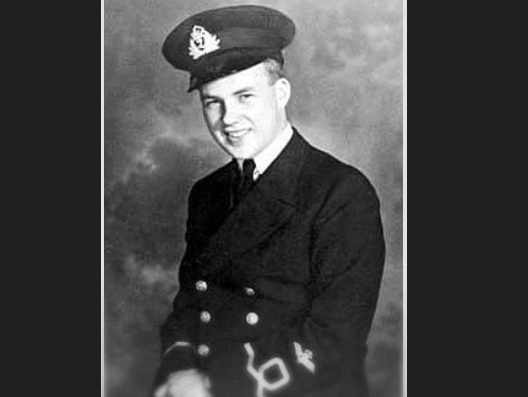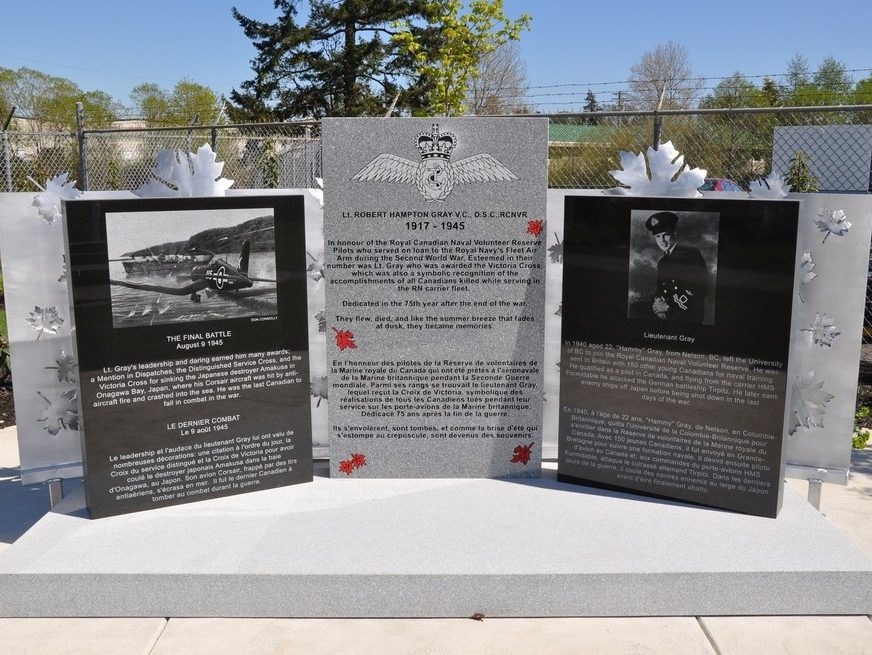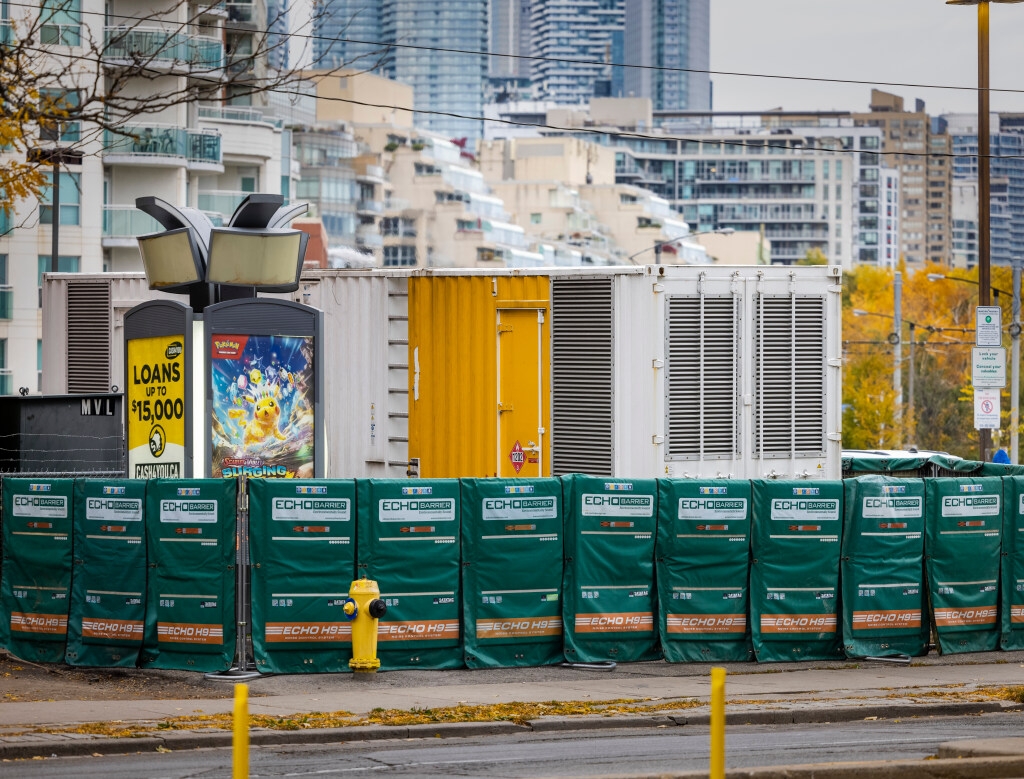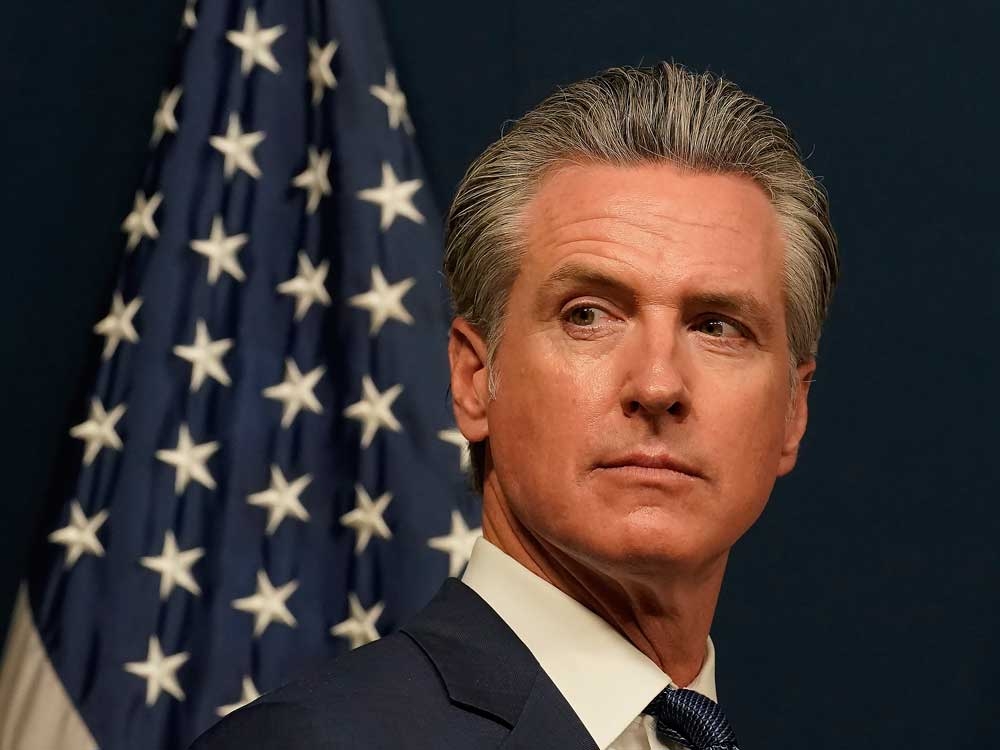Lieutenant Robert Hampton Gray, known as “Hammy” to those who served with him, carries a somber distinction: Canada’s last recipient of the Victoria Cross. His story isn’t just one of wartime heroism, but a poignant echo of sacrifice at the very cusp of peace.
Born in Trail, British Columbia, in 1917, Gray came from a military family – his father had served in the Boer War. He initially pursued a path towards medicine, attending universities in Alberta and British Columbia, but fate steered him towards a different calling as the world plunged into conflict.
In 1940, Gray traded the promise of a doctor’s life for the challenge of the skies, enlisting in the Royal Canadian Naval Volunteer Reserve. He quickly transitioned to the Royal Navy’s Fleet Air Arm, honing his skills as a naval pilot, a path that would soon lead him to the heart of the war.

For two years, Gray flew Hawker Hurricanes over the battlefields of Africa, demonstrating courage and skill in 747 Squadron. He later transferred to No. 1841 Squadron, taking to the skies in the powerful Corsair fighter aircraft aboard HMS Formidable, a vessel that would become central to his final, defining act.
Recognition of Gray’s bravery began to accumulate even before his ultimate sacrifice. In August 1944, he was mentioned in dispatches for a daring attack on enemy destroyers, a mission where his aircraft sustained crippling damage – the rudder was shot clean off, yet he fought on.
As the war shifted to the Pacific, HMS Formidable joined the Allied fleet, launching strikes against the Japanese mainland. Gray played a crucial role in sinking a Japanese destroyer near Tokyo, an action that earned him the Distinguished Service Cross, a testament to his gallantry at sea. But this honor would arrive too late for him to receive it.

August 9th, 1945. The world held its breath, awaiting the full impact of the atomic bomb dropped on Nagasaki just days before. In Onagawa Wan, Japan, Gray led a low-level attack on a Japanese destroyer. Despite facing a relentless barrage of fire from shore batteries and enemy ships, he pressed forward.
Wounded and with his aircraft ablaze, Gray maintained unwavering focus. He guided his burning plane towards the destroyer, achieving a direct hit that sent the vessel to the bottom of the bay. His own aircraft then crashed, and Gray was never recovered, becoming one of the last Canadians to perish in the Second World War.
For his extraordinary valor, Gray was posthumously awarded the Victoria Cross, the highest honor for bravery within the British Commonwealth. The citation described his actions as “great bravery” – leading an attack to within 50 feet of the enemy, sinking the destroyer while his own plane was engulfed in flames.
The account details a scene of unimaginable courage: “He swept in oblivious of the concentrated fire…his aircraft was hit and hit again, but he kept on. As he came close to the destroyer his plane caught fire but he pressed to within 50 feet…and let go his bombs.” He gave everything, right to the very end.
Across Canada, memorials stand as tributes to Gray’s sacrifice. From The Valiants Memorial in Ottawa to the Kingston airport and the B.C. Aviation Museum, his name is etched in remembrance. But perhaps the most remarkable tribute comes from an unexpected source.
In 2006, the Japanese government erected a memorial on the shores of Onagawa Wan, near the crash site of Gray’s aircraft. It’s a unique and profoundly moving gesture – he remains the only member of a foreign military to be so honored by Japan, a lasting symbol of respect for a courageous enemy.





